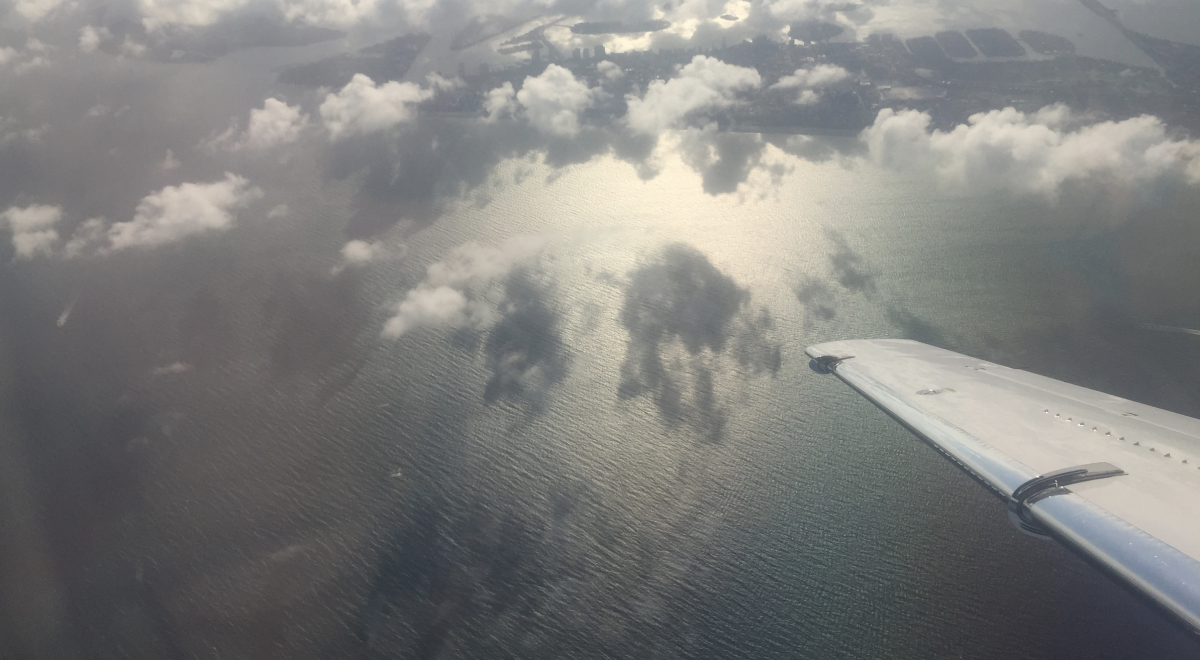
Young Ultra-High Net Worth buyers like it big when it comes to their private jets. That’s according to a just-published market outlook for pre-owned aircraft sales by broker Jetcraft. It found 81% of buyers under 50 take large-cabin private jets compared to just 50% of older customers.
The remaining 19% of the young money goes for midsize private jets, compared to 37% for the older rich. The older group saw 9% bought light jets and 4% bought airliner size private jets. The data reflects Jetcraft transactions from 2015 through 2019.
According to Jetcraft, “The interest of this younger generation brings the long-term potential to this segment. We predict these young, UHNWI, large aircraft buyers will transition to become early adopters in new industry innovations, such as sustainable aviation fuel, supersonic jets, and electric aircraft.
Billionaires and their poorer cousins with net worths of $500 million to $999 million have been key drivers in the sale of used VIP airliners and large cabin private jets over the past five years (chart below).
Billionaires accounted for 58% of large private jet transactions during the period. The $500 million-plus segment made up 16% of buyers. When it came to airliner-sized private jets, the lower wealth segment dominated the billionaires by an 80% to 20% margin.
Customers with a net worth of between $50 million and $500 million accounted for 21% of transactions for large-cabin jets. They also bought 34% of midsize jets and 17% of light jets. Those buyers with a net worth of $1 million to $50 million accounted for 50% of light jet sales. They bought 30% of the midsize inventory and just 5% of large-cabin private jet sales.
The large aircraft segment has a strong potential for growth.UHNWIs are predicted to increase 5% annually.
The Jetcraft research also revealed the importance of UHNW and HNW buyers compared to companies for used aircraft (chart below). Ultra-High Net Worth customers accounted for 71% of VIP airliner transactions and 49% of large-cabin private jets. Additionally, they took 47% of midsize aircraft and 37% of light jets.
Jetcraft noted, “Looking at the split between UHNWIs, government and corporate buyers within Jetcraft transaction data over the past five years, UHNWIs represent a higher share of buyers as aircraft size increases. This may be due in part to some corporations avoiding larger jets because of shareholder and public scrutiny.”
Overall, the worldwide UHNWI population is set to grow from 513,244 last year. It is expected to reach 649,331 by 2024, or 5% per annum. In addition to a larger pool of rich customers, Jetcraft cited, “The addition of new platforms – building on existing charter, fractional and block hour solutions among others (that) continue to make business aviation more accessible.”


